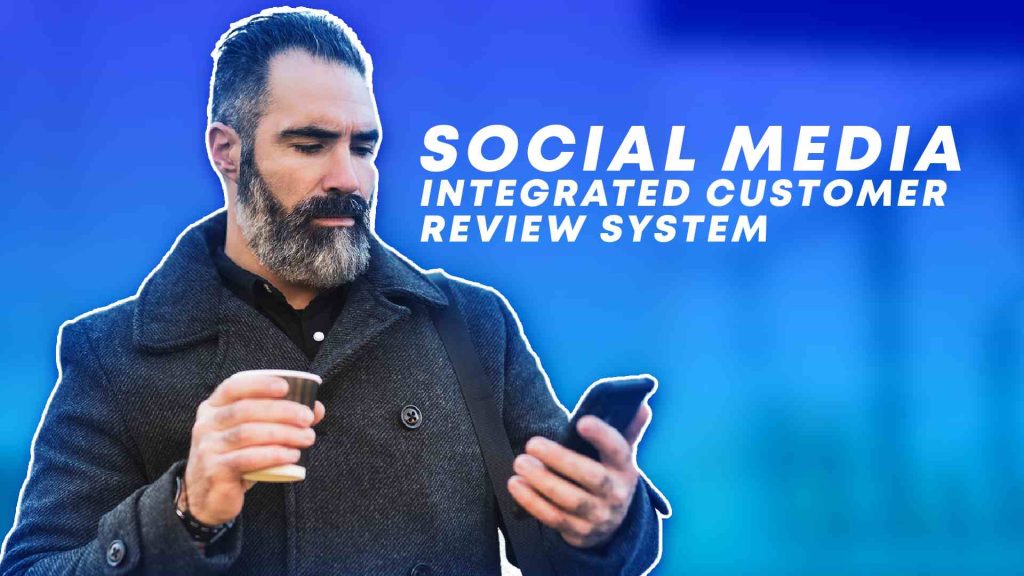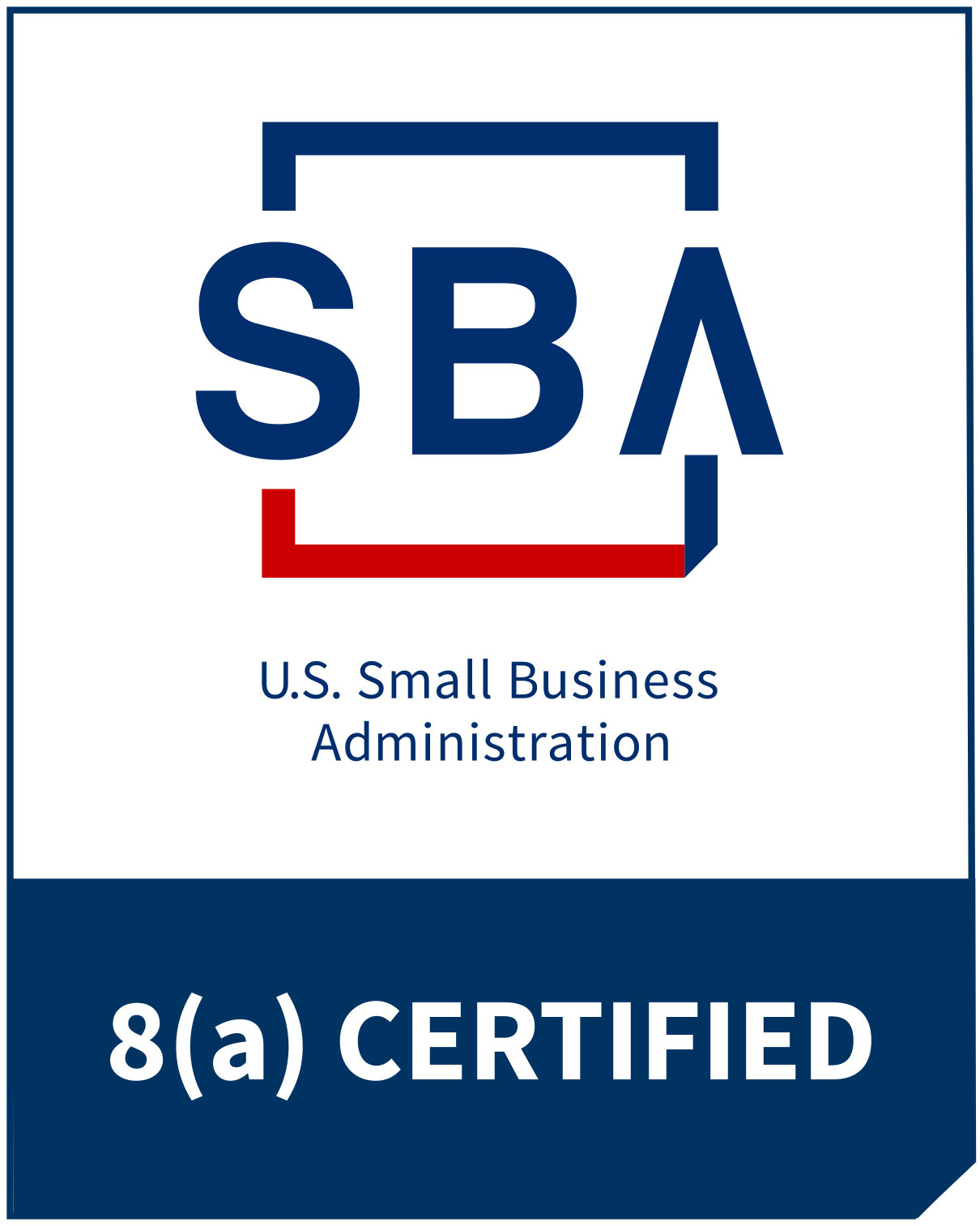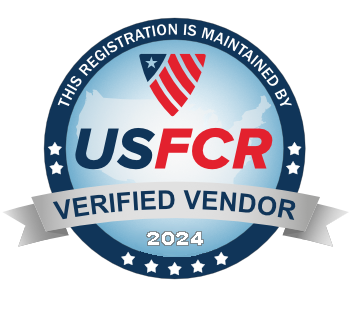Generally, resources, labor, and market size are critical for a major brand. In contrast, these factors are not important for websites; what really counts are your products and services, which need to be well represented. Your website is different from the typical clothes store, grocery store, or global brand.
Let’s look at some industry statistics regarding websites: 93% of people use search engines before they make their buying decisions. Therefore, if you don’t have a website, you are left with the 7% of those who don’t use them. Surprisingly, according to experts, about 41% to 55% of small businesses don’t have websites. Another survey also shows that around 41% of new clients are brought in by websites. Nevertheless, small businesses often ignore the importance of websites. They usually think that they are too small to have a website, or they may wonder if it is worthwhile to expend the effort involved in setting up a website.
Consider the Importance of Establishing a Website
What is the first thing a business owner does when they are considering establishing a website? Usually, they will post questions on search engines. However, it shouldn’t be the first step.
In the beginning, you should consider the following:
- What is the demand for your business?
- What is my goal for the business?
- What is the cost?
- What content should I include?
Do think about these questions and keep your answers in mind, instead of implementing whatever the designer suggests. Don’t assume that your business is too small to benefit from a website. Websites are worldwide, so think big!
Now, Start Searching
After considering your needs and wants, you can start searching. You have to select the most suitable web designer for your specific situation.
You will have to choose from two types: Freelancers or Design firms.
Freelancers are independent and don’t affiliate with a particular employer; they usually sell a skill. However, design firms are professional firms that can help you achieve your goals. Because design firms usually display professionalism, possess talent, offer various services, and are committed to meeting deadlines, it is better for a small business to partner with a design firm.
Understand what elements constitute a good website after reading articles and content on other websites.
Helpful Hints-
It is not easy to decide which design partner to select.
Consider the following points: who are their target clients? What is their experience with small businesses?
- Testimonials—These identify client experience with their services, but usually include only positive reviews. It is important to evaluate the feedback objectively.
- Visual appeal—This is very significant for a website. A professional design firm will never ignore the importance of visual appeal. So, you may eliminate those design firms that fail to deliver good visual appeal.
- Packages—You can choose from the packages that are most appropriate for your business.
You can ask the design firms other questions, such as:
- How will they construct the structure and content of the website?
- Will the website be SEO-friendly?
- Will they charge more for hosting and implementation?
- How will they determine what the user interface will be?
- How will they keep track of the process?
Start the Conversation
After completing the above steps, you will have identified several design firms. Send them an email outlining the scope of your project and your preferences. Pay close attention to how they respond to your queries and how they communicate and interact with you.
Take Care of the Technical Details
After you complete all the steps, you will be able to choose from the best design firms. When signing the contract, pay attention to important details, such as a written agreement, payment procedures, timelines, ownership transfer, and deliverables.
Accomplishing all the steps mentioned above is a worthwhile endeavor. Think big for your small business!
Get a personalized website that matches your brand and business.
Our team of professionals ensures the design illustrates your unique work culture.












